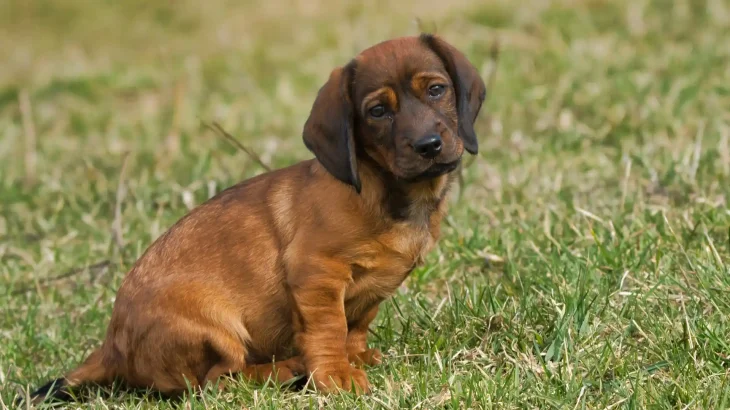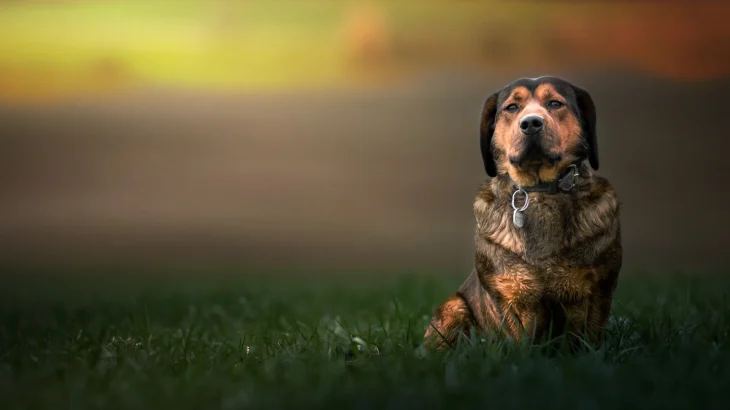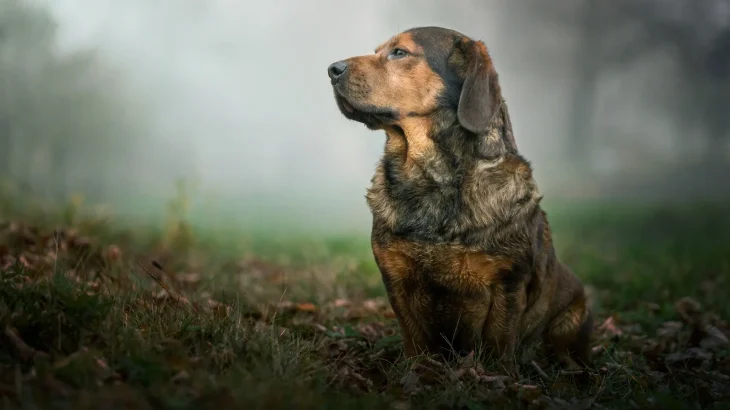When deciding how to welcome an Alpine Dachsbracke puppy into your life, there are two main routes: adopting or buying from a breeder. Each option has unique advantages and challenges, especially regarding health history and ethical implications for this breed.
Here's a quick comparison of adoption versus buying from a breeder:
| Criteria | Buying from Breeder | Adopting from Shelter/Rescue |
|---|---|---|
| Cost | Higher upfront cost reflecting purebred status and breeder's investment in lineage. | Generally lower fees, which makes adoption more budget-friendly. |
| Health History | Breeders provide health backgrounds and genetic testing results. | Health history may be limited or unknown; basic assessments are usually done. |
| Age Availability | Mostly puppies, allowing early bonding and training. | Various ages, including adults that may already be trained. |
| Temperament Insight | Breeders can share lineage temperament traits important for this breed. | Shelter staff may provide behavior observations but full backgrounds are often unknown. |
| Supporting Practices | Supports responsible breeding and breed preservation when choosing ethical breeders. | Helps provide homes to dogs in need, supporting animal welfare. |
| Ethical Considerations | Important to ensure breeders follow ethical practices to prevent overbreeding and health issues. | Adoption reduces shelter populations and rescues dogs from neglect or abandonment. |


